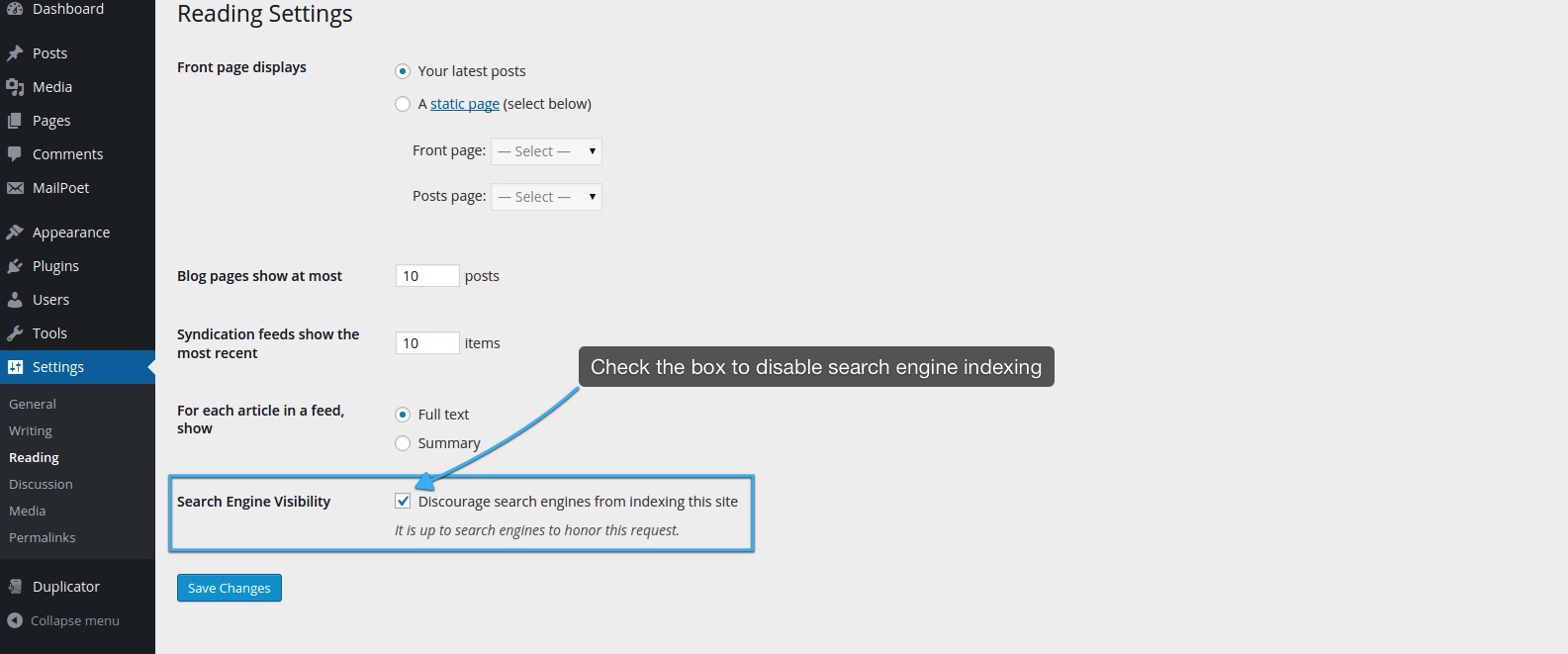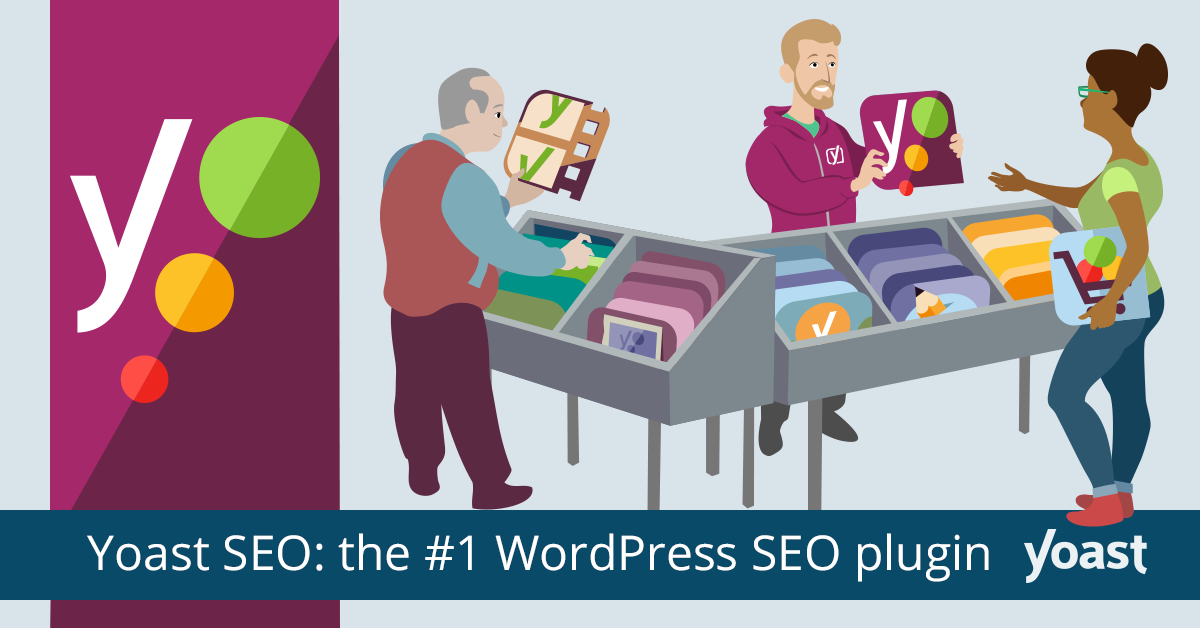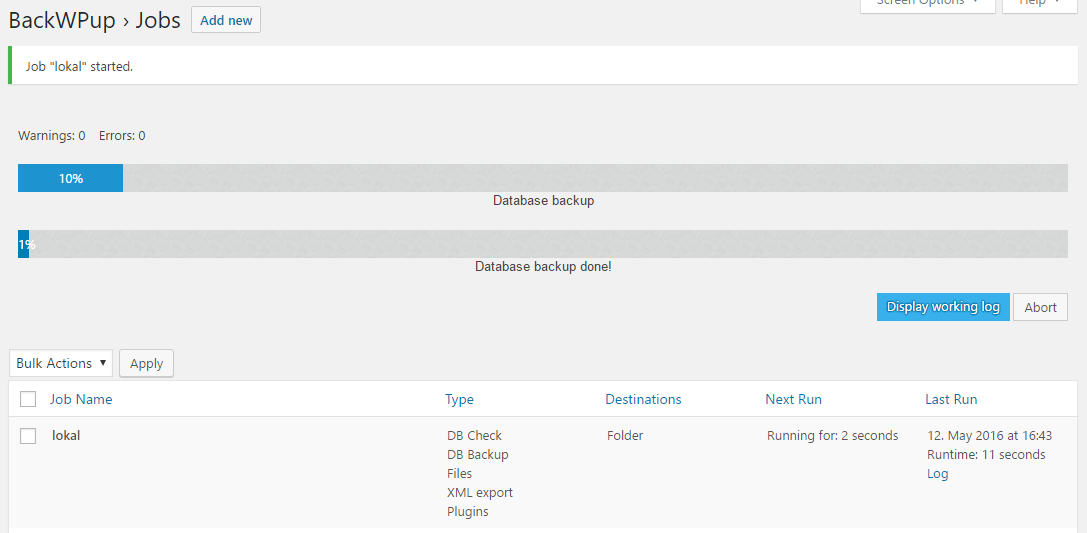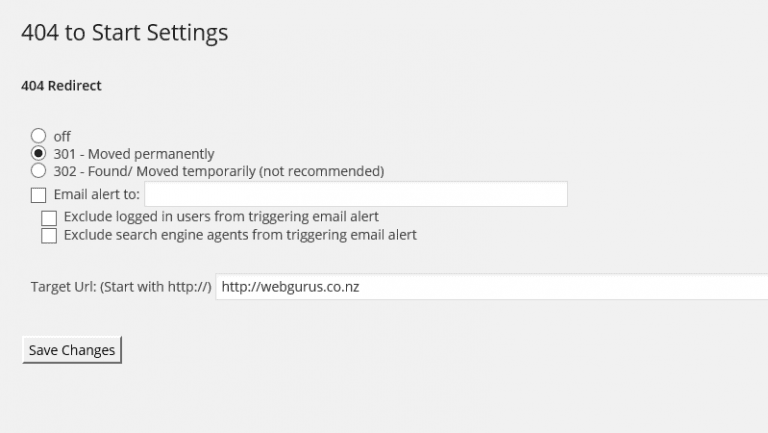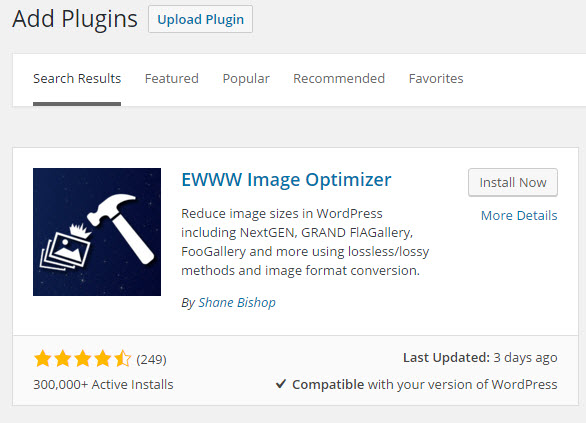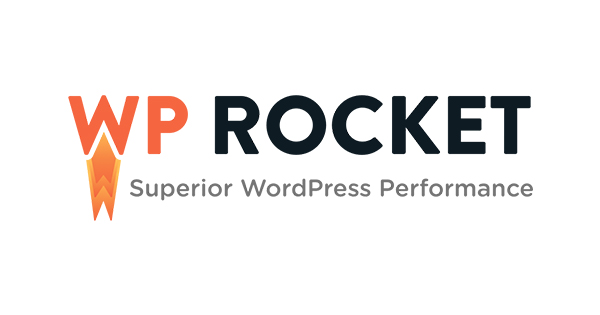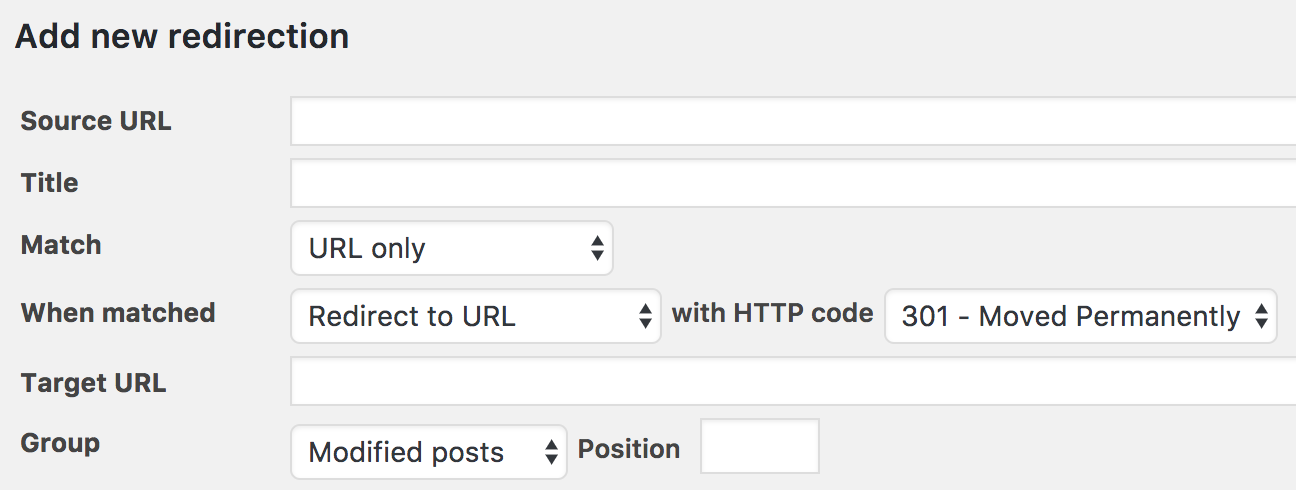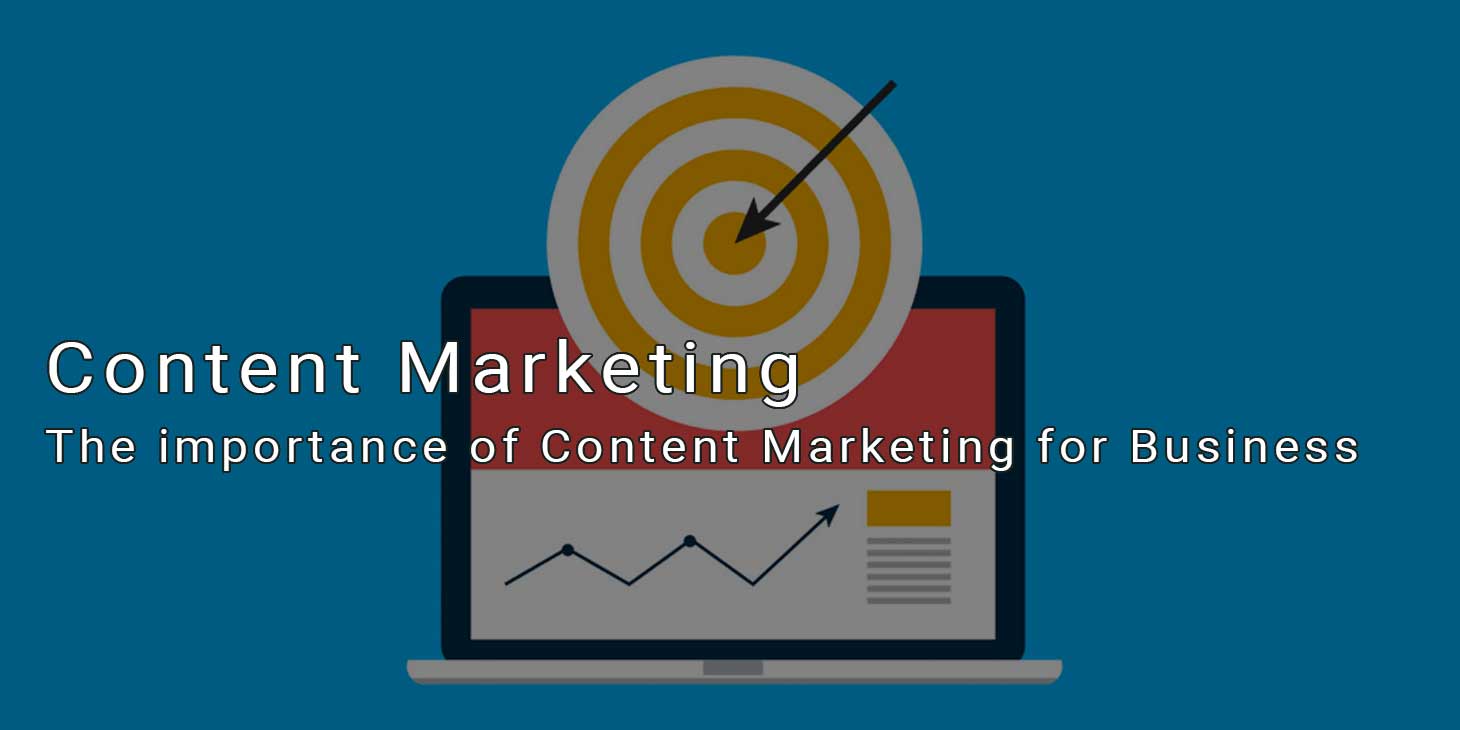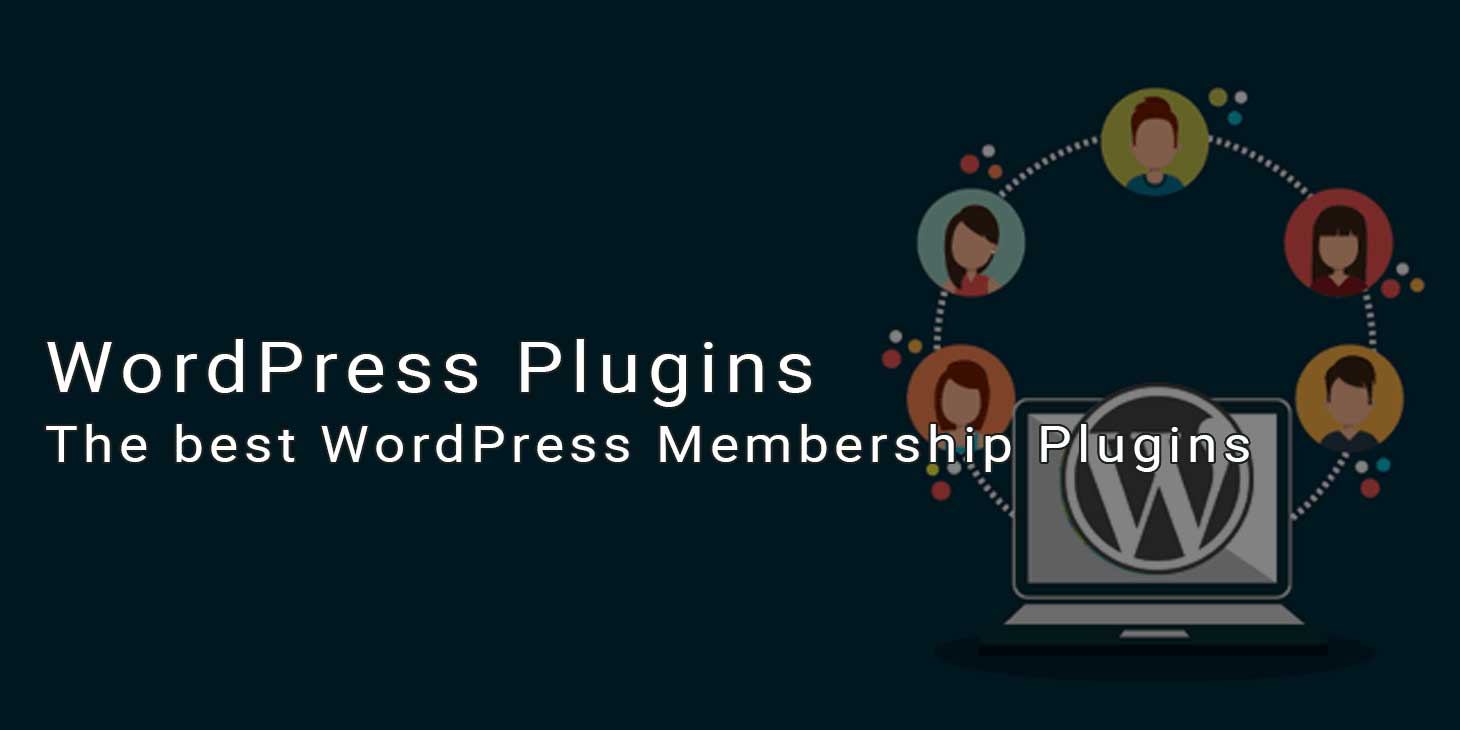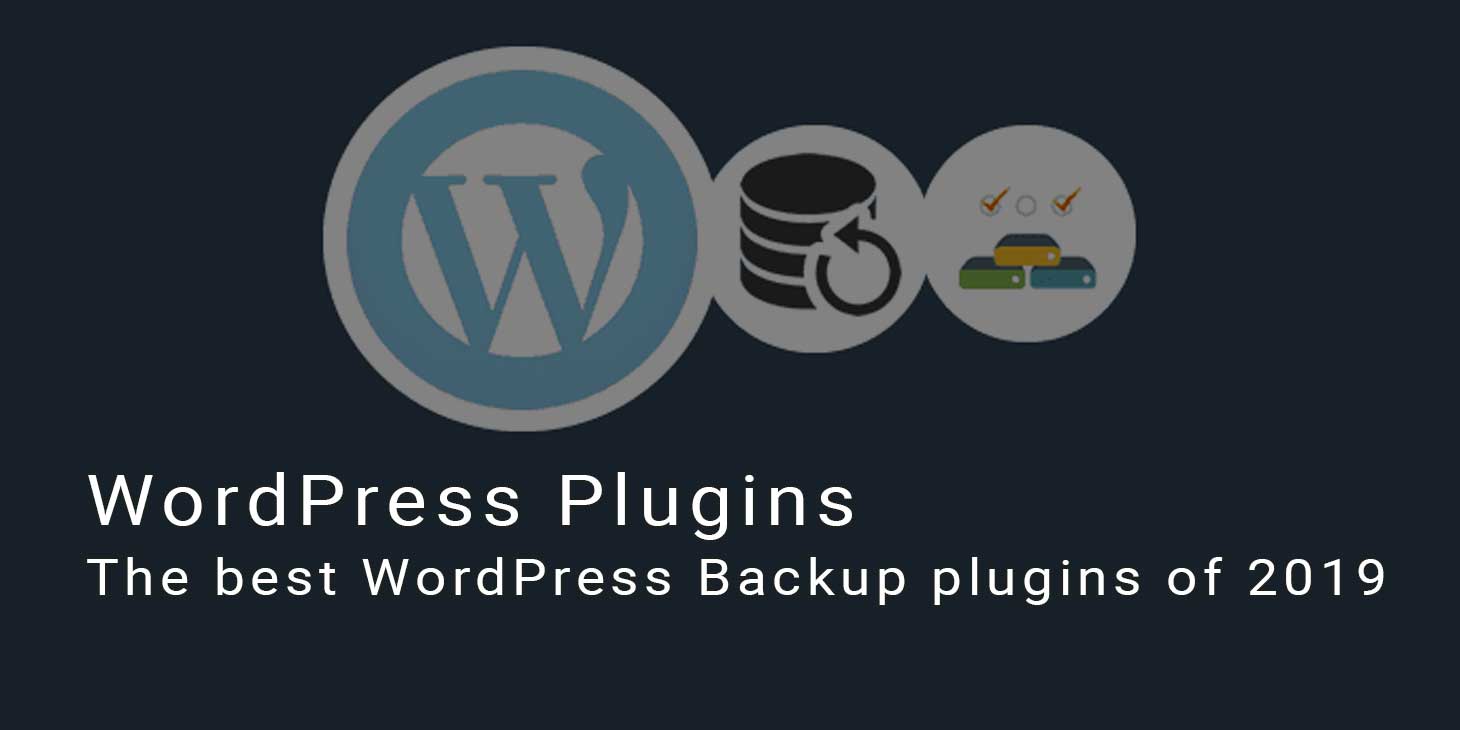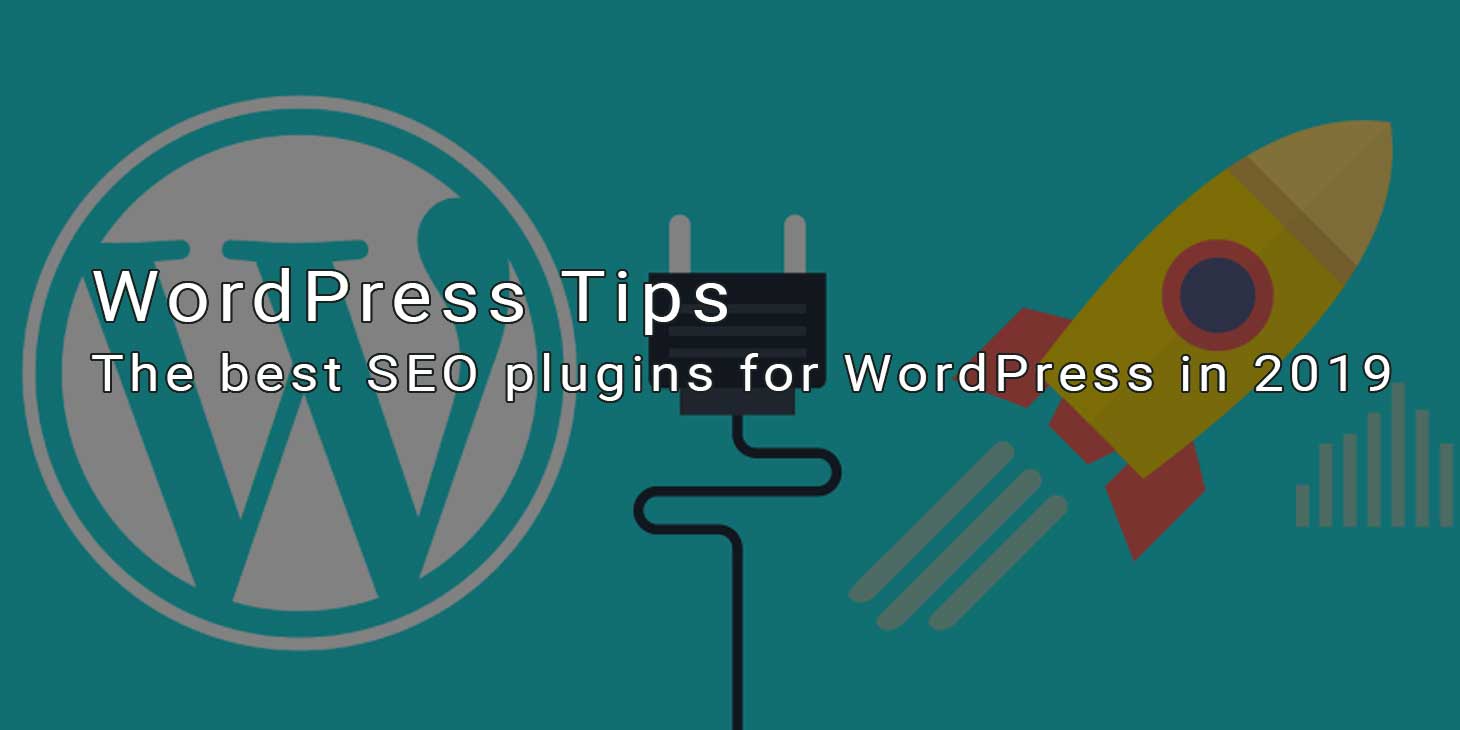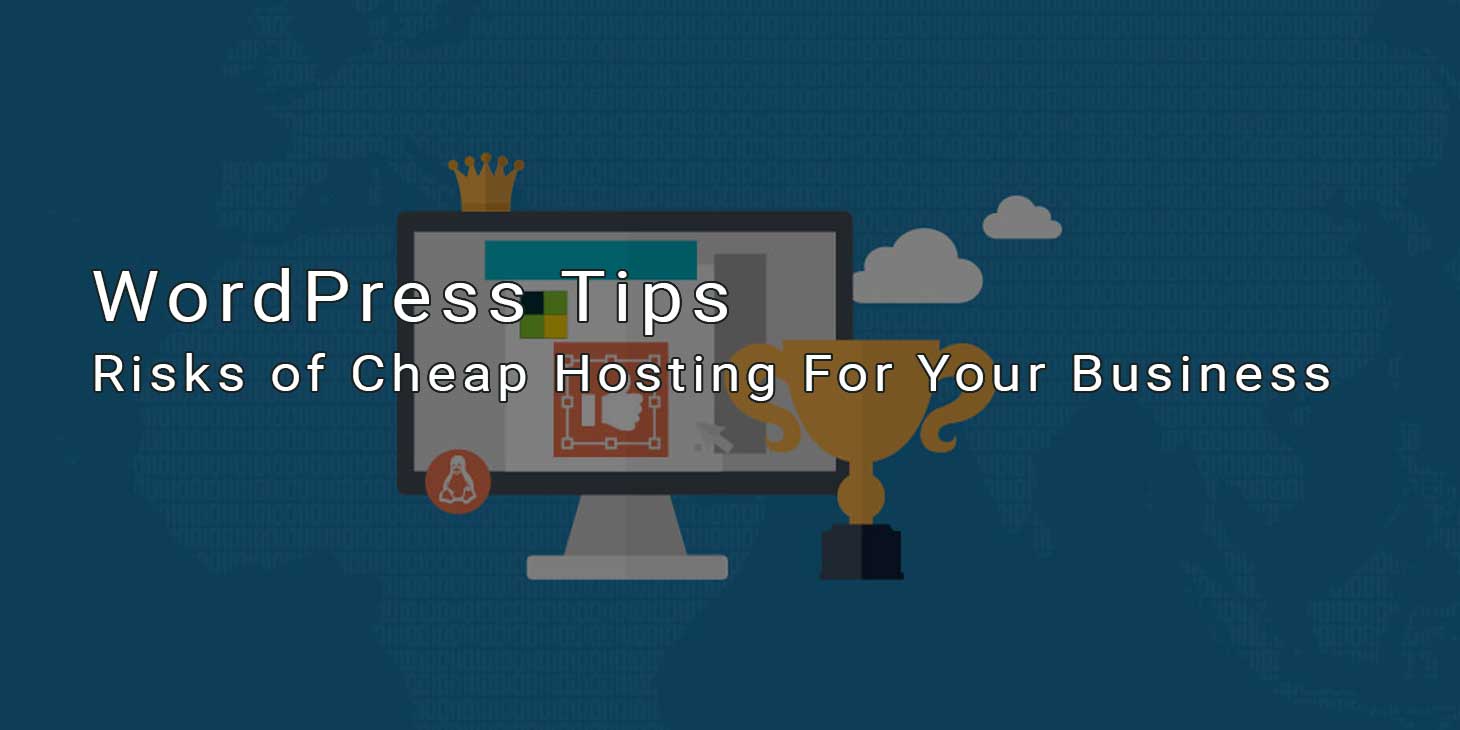

WordPress SEO – Step by Step & Plugin Guide to Successful 2019 Optimization
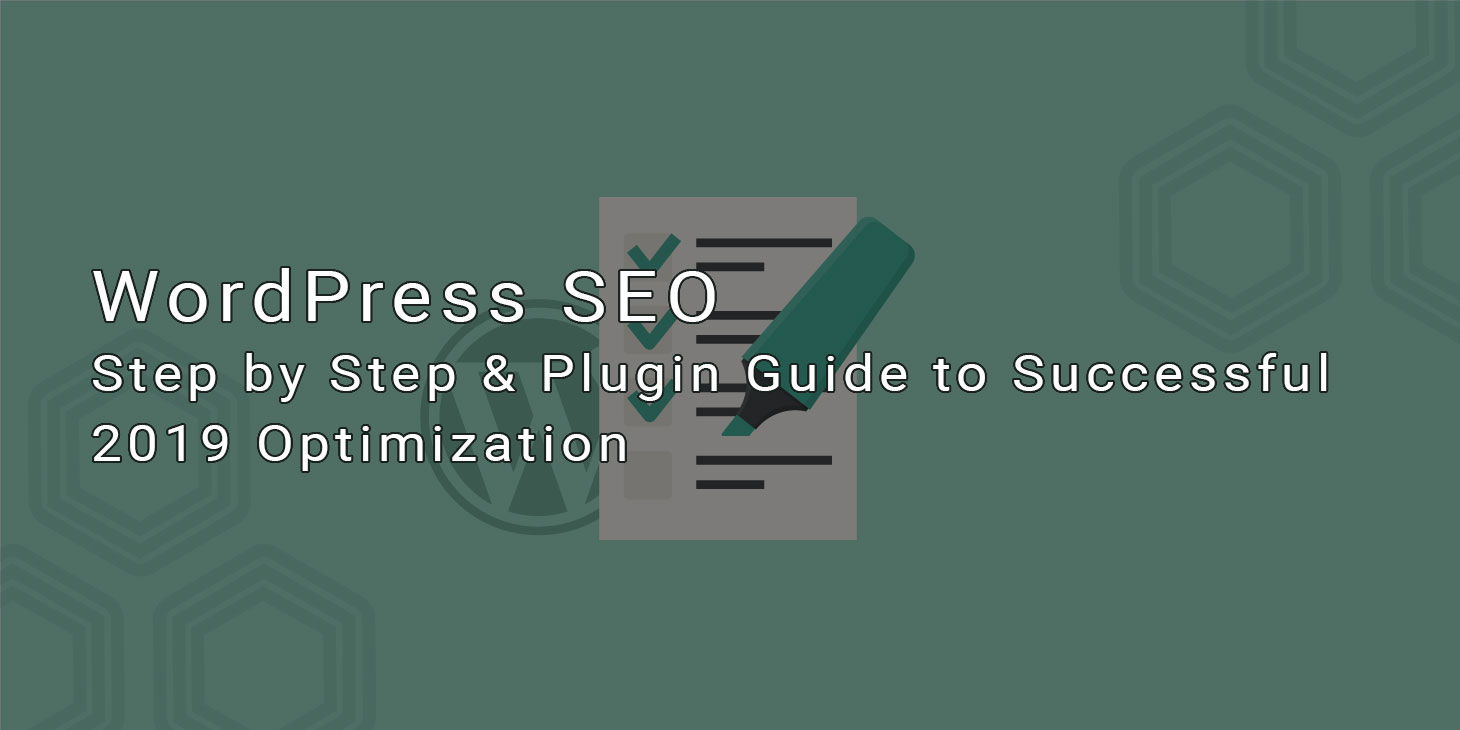
Your WordPress website is nicely designed and securely hosted – but visitors stay away? Then you may simply be invisible to your target audience. To really benefit from the work you put into your WordPress site, you need to be visible to potential customers through search engines. That’s exactly what you can achieve with WordPress SEO and the right plugins.
In a guide to a successful 2019 optimization, I give you basic tips on SEO plugins such as Yoast SEO and current tips.
1. WordPress SEO Basic Knowledge
2. WordPress SEO step by step
- The right theme
- Crawler & Indexing
- A clean page structure (URL structure, information architecture & Co.)
- Loading Time
- Security
- Content – texts, pictures & more
3. The most important WordPress SEO plugins at a glance
1. WordPress SEO Basic Knowledge – You Need to Know
What is WordPress SEO?
SEO stands for search engine optimization. This refers to the technical and content-related coordination of a website with the requirements put by search engines such as Google, Bing, Yahoo in order to decide on the ranking of the page in the search results.
So WordPress SEO describes a search engine optimization, which is specially adapted to the CMS WordPress. The aim of this SEO application is to get your site ranked first on Google and Co. while looking for relevant keywords and topics.
How to optimize WordPress for SEO?
To optimize a WordPress site you need a bit of know-how and the right plugins. I want to convey both in my guide! WordPress itself gives you the opportunity, via the basic settings, to set important course for optimization. Sitemaps, rich snippets, compressed image files, linked pages, content, alternate text, and more: with the right tools, you do not have to despair of these terms. Yoast SEO and other plugins allow you to go beyond the basic settings of WP and perform many other important optimization steps.
In our guide to WordPress SEO, I have collected all the information you need for optimization. I’ll show you what a good WP webmaster should look for and then introduce you to the plugins that no WordPress operator can do without.
So, let’s go!
2. WordPress SEO step by step – You should pay attention to this
a. The right theme – The foundation for your WordPress page
Even when choosing your WordPress theme, you can be careful to choose an SEO-friendly version. No matter if you develop it yourself, develop it or buy it – basically your WordPress theme should fulfill the following requirements:
- The right features : Superfluous features are fast becoming a burden for your site. Check exactly what features you really need.
- Short loading time : The theme is responsible for how fast your page can be loaded. The shortest possible load time is an important ranking factor and thus absolutely important for your WordPress SEO.
- Responsive Design : In 2018, Google switched to the “Mobile First Index”. This means that the mobile website is now the basis for Google’s indexing. So if you do not have a responsive design in 2019, you will feel it in the form of a ranking loss! So make sure that your page is displayed optimally on every device and everything is displayed correctly.
- Compact, Functional Code : This factor can not be directly assessed by laymen. So it pays to ask professionals or review reviews on the net.
- Support & Development : The team behind a paid theme should be available to you if there are questions or problems. Continuous development also guarantees that your theme will always be technically up to date.
b. Crawler & Indexing – How Google Can See Your WordPress Page
In order for Google to see and understand your page, it should be accessible to crawlers so it can be easily indexed. You can achieve this through the basic settings of WordPress. Via the menu item “Settings -> Read” you can deactivate the item “Stop search engines from indexing this website”, ie. do not tick. Your page is already visible.
Important : Pages Google should ignore when examining your page must be set to No-index. This is possible, for example, with the plugin Yoast SEO. Why should not you have all pages indexed? So that Google focuses on the essentials and you can “hide” pages, articles and posts that are not to be found through Google search for various reasons. This is advisable, for example, when it comes to category, author or tag pages.
c. A clean page layout – the basic structure of your website
Search engines do not only want to find and index your page, but also to understand it. For this a clean structure is important, in which several aspects play a role:
- URL structure or breadcrumbs: URLs serve both Google and your visitors for the orientation and understanding of your site. That’s why you should pay attention to a clear URL structure and if necessary make it custom via the settings of WordPress under “Permalinks”.
A meaningful, clean structure can look like this: https://www.ajayrajbanshi.com.np/why-your-business-needs-a-blog/
This type of URL is called talking because it is readable (ie contains no cryptic characters) and you can see exactly where the page is within the site. Such a structure also allows the use of breadcrumbs. - Information architecture, siloing & internal linking: As part of WordPress SEO, the so-called information structure is important. The point here is to show Google what your content is all about while building your site, making it as easy as possible for users to get there. For example, a page about WordPress SEO could be structured as follows:
- On the main page visitors will get general information about WordPress SEO and about the site itself. From here you can go to subpages with the most important main topics around WordPress SEO (basic knowledge, Plugins, important SEO aspects). These main topics are in turn subdivided into sub-topics, for each of which there is a sub-page.
- This creates a logical structure. Note that you should never place an important page more than 3 levels away from the homepage. In addition, you summarize topics clearly and understandably, which gives users and Google better information about what your site even offers. In WordPress SEO, this is called siloing.
- The internal linking via menus, buttons and thematically relevant cross-links supports the clean information architecture and shows how individual topics and sub-pages are related. For central control of internal links, the plugin “WPA SEO Auto Linker” is a good solution.
Important : Both subpages and internal links should be used wisely and sparingly. A wild, confusing network of pages and links is harmful in the context of WordPress SEO.
- Categories & Tags: What are Tags in WordPress? Tags are originally intended for blogs and should collect contributions on specific topics centrally. If you mark a post with a tag, a new page will be created specifically for that day. For this page there are no individual contents, but only snippets of the individual contributions. So they are thinner or even duplicate content. What are categories in WordPress? With categories it behaves similarly: Via a central category page – which you can shape only conditionally – individual contributions are collected. Again, you can quickly get duplicate content. So if you use tags and category pages, it makes sense for WordPress SEO to put them on noindex, nofollow and not let them index them.
- 404 pages Your page should always be top fit. That means from WordPress SEO point of view, there should be no URLs which lead into the empty one, ie a 404-Status. The plugin “404 to Start” can help here. It automatically redirects all error pages to your home page.
d. Loading Time
Page speed is an important ranking factor for WordPress SEO
As part of WordPress SEO you should definitely optimize your loading time, because the so-called page speed is a direct ranking factor for Google. According to Google, the likelihood of users saying goodbye to your site is 32% after 3 seconds and 90% after 5 seconds. Reason enough to provide the necessary acceleration and to avoid a high bounce rate.
What is important for a short load time on your WP site?
- A good WordPress hosting
- A suitable theme (see above)
- Not too many plugins (restrict yourself here to the most important thing!)
- Optimized image files and media. Especially pictures should not be too big.
- Caching (I recommend the tool “WP Rocket”)
e. Security – SSL Encryption & Backups
A site without SSL encryption is not only for Google, but also for attentive users as unsafe. SSL is therefore indispensable for successful WordPress SEO. In addition to backing up your site in general, regular backups are also essential. For this we recommend the plugin “BackWPup”.
f. Content – texts, images and more: How to make your content fit for Google with WordPress SEO
Search engines like Google do not just make technical demands on your WordPress site. Your content – ie texts, images, integrated videos and other media – will also be subject to a thorough review. That’s why you should pay attention to some important points here.
Relevant, Optimized Texts Search engine optimization is about making your website attractive to both visitors and Google. Your lyrics play an important role in this, as they provide readers and search engines with important information and answers to their questions. WordPress SEO therefore also includes the optimization of texts. Important are the following points:
Tip: Use structured data to convince in the SERPs (Search Engine Result Page) You want to stand out in the SERPs on Google with additional information such as lists, data or other elements? Then use the option to define the so-called structured data directly via a plugin such as “Markup (JSON-LD) structured in schema.org”. The plugin offers many options for this.
3. The most important WordPress plugins at a glance – You should use these plugins in 2019
The best WordPress SEO Plugins 2019 at a glance
a. Yoast SEO
For beginners as well as for advanced users, for small blogs and large websites: Yoast SEO is there for everyone and offers you numerous functions for effective WordPress SEO. In the free version you can for example:
- Optimize for keywords
- Check readability
- Create a breadcrumbs navigation
- Rely on basic technology (robots.txt, .htaccess files, permalink URLs, xml sitemap, and more)
- Create meta titles and descriptions
In the paid version, Yoast SEO offers even more options and functions.
b. BackWPup – Secure your WordPress page
As mentioned above, BackWPup is ideal for quickly creating backups. These can be created in various formats, automatically configured, migrated, duplicated, automatically created or even stored in the cloud.
c. 404 to Start – For a clean page structure without mistakes
Instead of spending on a 404 page, this handy little plugin lets you easily redirect all broken URLs directly to the home page. So you do not have to do this step by hand and everything is done automatically.
d. EWWW Image Optimizer – support for short load times
Page speed has become even more important to Google at the end of 2018. If you want to make your page fit with WordPress SEO for this ranking criterion, the EWWW Image Optimizer Plugin is a good solution for optimizing your images. The plugin ensures that all images uploaded from installation are directly compressed. For all pictures, which are already on your side, you must, however, retrospectively make an image optimization or compress them.
e. WP Rocket – Speed up your page with caching
Also, this WordPress SEO plugin is great for your page speed: it enables caching and gzip compression, making the page faster for your users. The plugin offers a huge amount of caching features. We are happy to advise you!
f. Redirection – forwarding without FTP access
Redirection is another simple plug-in that does one important job: It redirects individual URLs directly to the system via 301 redirects to other URLs without the need for FTP access.
In addition to the plugins presented here, there are even more helpful tools that you can use to make sure that your site works better. However, always make sure that such tools are implemented sparingly and demand-oriented, so that your page is not too slow and thus a high bounce rate leads to a ranking loss.
I hope that with this article I could help you to make your domain technically and content wise. If you use the right plugins and optimize the areas defined here, you are on the right track.
I wish you a lot of fun to conquer the search results in 2019. If you are looking for optimizing your website, please feel free to contact me.
Other Blogs
Some of my blogs-
Instagram marketing has established itself as an essential part of contemporary marketing concepts.
-
In this blog, I’ll try to explain some of the importance of content marketing for business
-
In this blog post I would like to introduce you to the best WordPress Membership Plugins in my opinion.
-
This article deals with the advantages and disadvantages of the different plugins and introduces you, the best WordPress backup plugins of 2019.
-
The popular content management system WordPress impresses not only with high functionality and attractive layouts, also in terms of search engine optimization, it has much to offer.
-
A fast website is an important factor for a professional and successful web presence.

